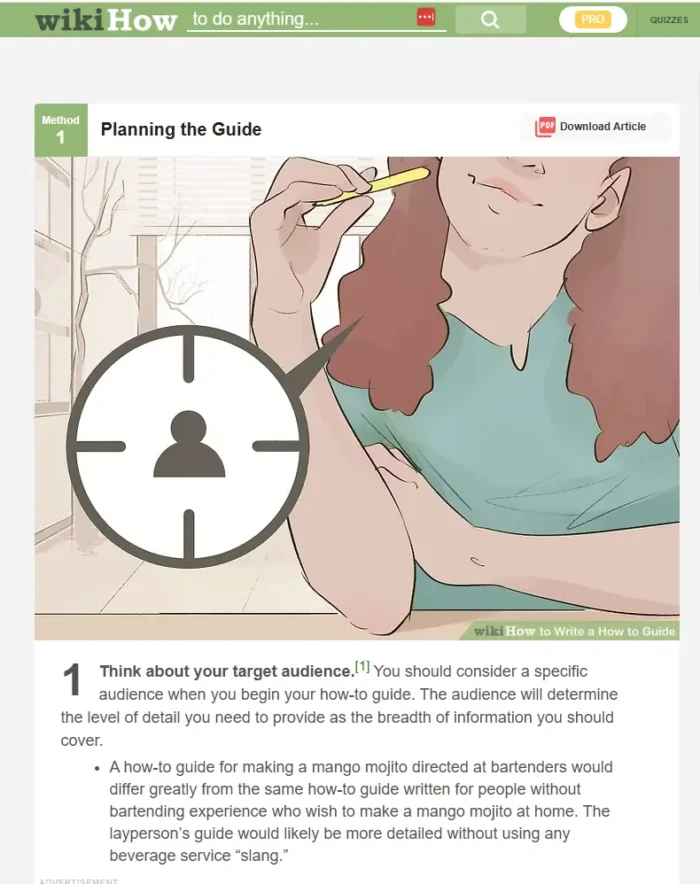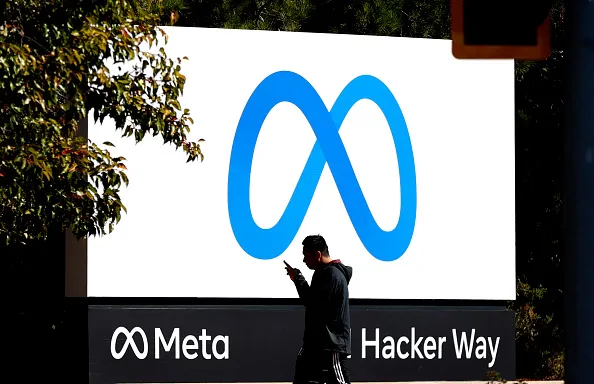How Pinterest helps marketers thrive in a cookie-less age
People use Pinterest to plan with active intent. This powers the platform’s first-party data and presents a signal-resilient solution for finding new customers.

Pinterest may be in the right place at the right time. While the impending death of third-party cookies along with growing privacy concerns have marketers on edge, the visual discovery platform is positioned to provide high-quality audience prospects for marketers. Users arrive with active intent to find and shop new ideas and products, and Pinterest helps them make their next move.
When Pinterest users find ideas that inspire them, they save (or pin) them to boards, where they can organize and refine their decision-making. This information helps power Pinterest's first-party data. And because many projects require a purchase, intent signals on Pinterest can be just as powerful as (or more so than) using third-party cookies.
With cookies expected to go away in 2024, only 8% of respondents in a recent Accenture study said they understand the impacts of recent privacy fluctuations on their business.¹ On top of that, 73% said they would implement new strategies if they understood them better, or had proof they work.² But marketers are showing hesitancy or concern about getting started.
“There are layers of challenges here, and there's a ton of confusion,” said JJ Hirschle, VP of U.S. sales at Pinterest. “So how can we break down some of that chatter and talk about simple and effective ways we can help people take the first step?”
Pinterest already connects marketers with an action-oriented audience, using methods that don’t rely on third-party cookies or signals.
“Pinterest can provide unique value to advertisers in this new privacy landscape because we’re not overly reliant on off-platform signals to help understand intent,” said Preeti Farooque, global head of partner measurement at Pinterest. Each week Pinterest users save (or pin) more than 40 million products, putting them in consideration for future purchases while contributing some of the many signals that power Pinterest's first-party data and targeting.³ And advertisers have a lot to gain from that: While 97% of top searches on the app are unbranded,⁴ Pinterest drives 10 times the amount of branded searches off-platform,⁵ meaning marketers can meet Pinterest users at the point of decision, when they are actively deciding what to do, try or buy.⁵
Users seek to discover
Pinterest makes it easy for marketers to serve up the right options. “There’s the search aspect of it, where you are explicitly showing your intent: ‘I am looking for a couch,’ and the saving aspect: ‘I’m saving this gray couch to my home decor board,’” said Farooque. “And then there is always magic happening in the background, using all of those signals to show you the kinds of things that you're interested in, along with ads for relevant brands and products, plus some happy accidents.” A user’s actions — such as searches, saves and board creates — signal to Pinterest what they’re interested in and powers a uniquely personalized experience, matching and evolving Pinners’ tastes across a variety of topics. Personalization on Pinterest helps power openness to advertising and purchase decisions.
Interest and keyword targeting bring customers
Marketers on Pinterest can use interest and keyword targeting alongside CRM and act-alike audiences to garner the same or better results than advertisers running retargeting alone, according to Accenture research.⁶ So marketers do have accessible strategies they can implement today to help combat signal loss.
Pinterest offers multiple layers of targeting, and the deeper you go, the higher your return on ad spend: According to the Accenture study, advertisers who used the most granular, interest-based targeting in combination with their customer lists or act-alike targeting on Pinterest produce a 45% higher return on ad spend (ROAS), compared with advertisers that only used retargeting.⁶ Therefore, Pinterest by design captures user interest and intent that can lead to purchasing.
“What this research really shows is that there is a strategy on Pinterest that doesn’t require third-party cookies, or any additional tools or skills, that you can try today,” said Hirschle.
Intent fuels sales
This isn’t an app people passively scroll through to fill the time. Consumers come to Pinterest to discover ideas and to make decisions about what they’ll do and buy in their real lives—from planning a dinner to planning a home remodel.
“Let's say you come to Pinterest with a general interest in leveling up your style,” said Hirschle. “You come open-minded and not sure what you're looking for. While exploring on the platform, you discover some fashion and accessory pins to up your shoe game, prompting you to search for new sneakers.”
A user can then start pinning ideas and creating boards with products that align with their style. After that, they can research the materials and customization elements of each item, reading reviews and comparing prices online. “You spend a bit of time to find the right thing, and eventually you purchase the product that’s perfect for you,” said Hirschle.
This means the advertising is additive to the user’s experience, as it offers an answer to their question. In fact, the company often hears that the ads are so relevant they can help the user plan their next step, Hirschle said.
Pinterest is designed to show users things they can buy now or save for later, so it’s an appealing spot for marketers seeking relief from disruptions in the ad space. And a user’s ability to save items for the future is likely encouraging sales: Data shows that 85% of weekly Pinterest users have larger baskets at checkout than any other social media platform⁷ and 61% say they spent more than they expected to as a result of shopping on Pinterest.⁸
“What sets us apart from other platforms is that you can only get these signals from Pinterest, because people come with the intent to take action,” said Hirschle. “On Pinterest, people’s actions let us know what they are planning for, whether their next meal, their next outfit or their next home. They're telling us what they want, and therein lies your real brand opportunity.”
¹ Accenture, "Signal Resilience Survey," N= 653 in Brazil, the U.K. and the U.S., June 2022.
² Accenture Proprietary Research, State of Advertising Survey (N=505, US & UK, February 2023).
³ Pinterest internal data, May 2023.
⁴ Pinterest internal data, global English Searches, April 2020.
⁵ Nielsen custom study commissioned by Pinterest, Return on Inspiration analysis, Marketing Mix Model, U.S.: Food, Health & Beauty, and Home Decor; U.K.: Food and Health & Beauty, April 2018-April 2021.
⁶ Pinterest Ads Measurement Analysis conducted by Accenture (N=20,000+, Global, January 2021-December 2022).
⁷ Dynata, U.S., 2021 shopping in fashion and beauty among weekly Pinterest users and people on other platforms, April 2021.
⁸ Talk Shoppe, U.S., Retail shopping decisions among Pinners and non-Pinners, August 2022.

 BigThink
BigThink 
































